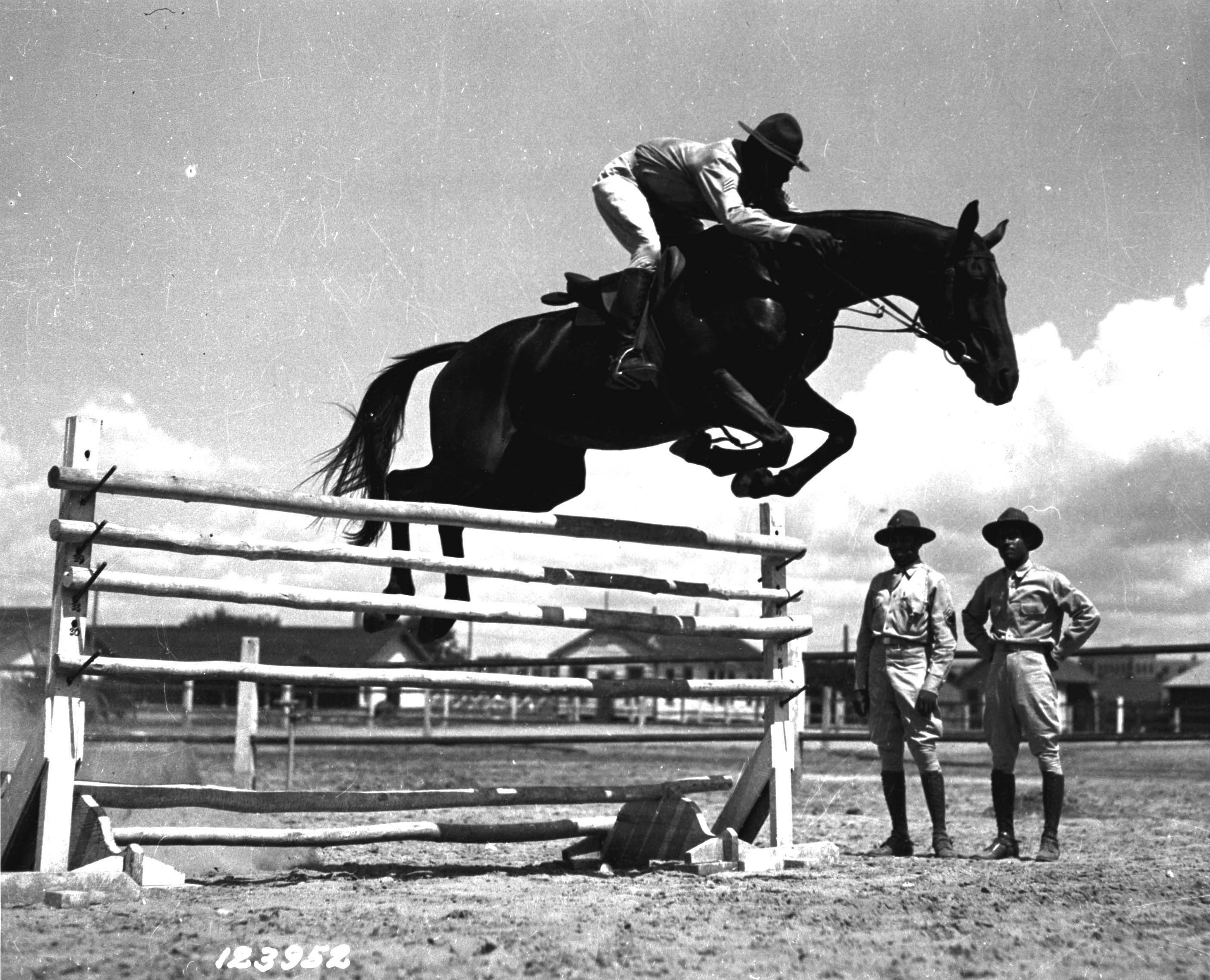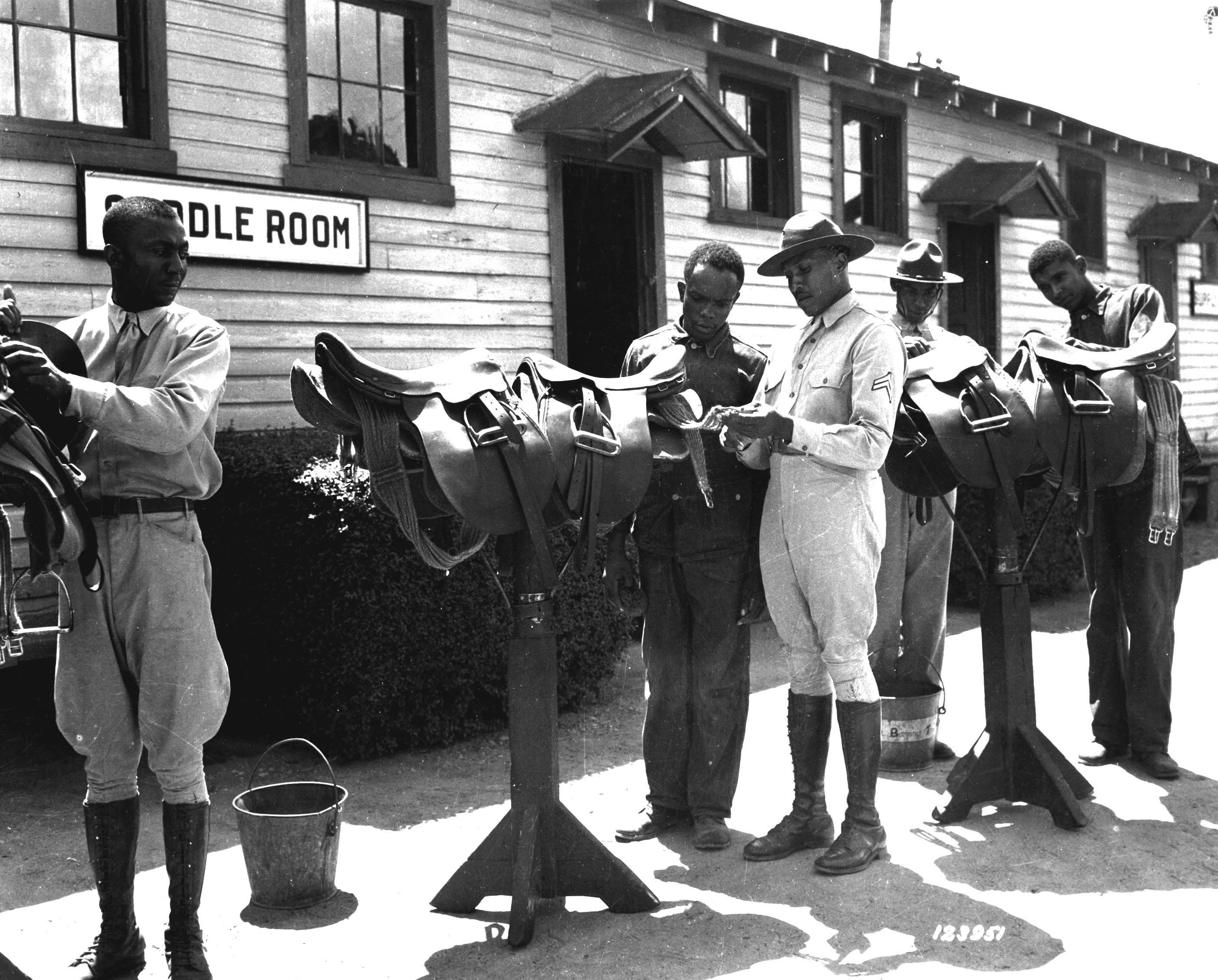WASHINGTON (Army News Service, Feb. 2, 2007) - The African-American cavalrymen known as "Buffalo Soldiers" proved that they could ride, shoot and fight as well as anyone else during their service on the American frontier.
America expanded westward after the Civil War (1861-1865), and Soldiers were needed to protect settlers and the railroads from Indian attacks. The 9th and 10th U.S. Cavalry Regiments were established in 1866. They were made up of African-American enlisted Soldiers and noncommissioned officers who were usually commanded by white commissioned officers.
The Indians greatly respected and didn't like to tangle with the African-American cavalrymen, calling them "Buffalo Soldiers" for their toughness and fighting prowess.
The 9th and 10th Cavalry Regiments gained fame for their exploits both on the plains and in the Southwest during the 1870s, 1880s and early 1890s.
During the course of the Indian Wars fought from 1866 to the early 1890s, 13 enlisted men and six officers from the 9th and 10th regiments and two African-American infantry units earned the Medal of Honor.
During the Spanish-American War of 1898, African-American Soldiers with the 9th and 10th Cavalry Regiments and the 24th and 25th Infantry Regiments fought alongside Lt. Col. Teddy Roosevelt and his volunteer unit of "Rough Riders" and helped defeat Spanish troops at the Battles of Kettle Hill and San Juan Heights, Cuba, on July 1, 1898.
Years later, Buffalo Soldiers participated in the U.S. military operation in Mexico against Pancho Villa in 1916.
As warfare became mechanized due to the introduction of the automobile and the emergence of the tank on European battlefields in World War I, the horse cavalry became increasingly obsolete.
The 9th, 10th and other U.S. "horse cavalry" units passed into history at the eve of World War II. But the fame of the Buffalo Soldiers lives on.
In 1992, then-Chairman of the Joint Chiefs of Staff Army Gen. Colin L. Powell, a Buffalo Soldier aficionado, helped to dedicate the Buffalo Soldier Memorial at Fort Leavenworth, Kan.
(Gerry J. Gilmore writes for the American Forces Press Service. Information for this article was compiled from a variety of military and civilian sources.)




Social Sharing